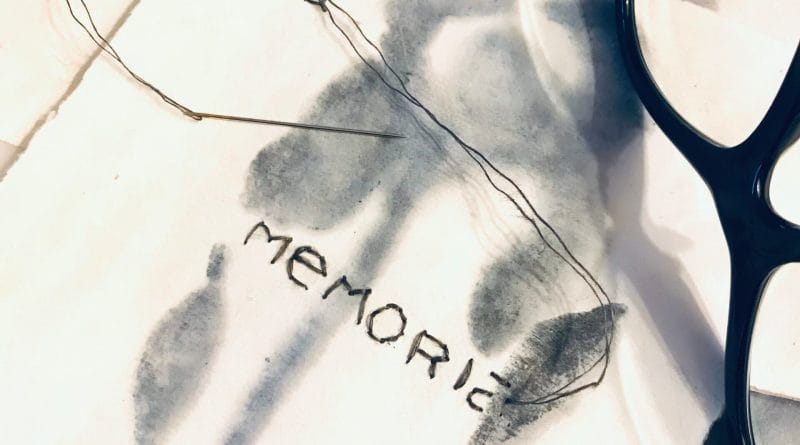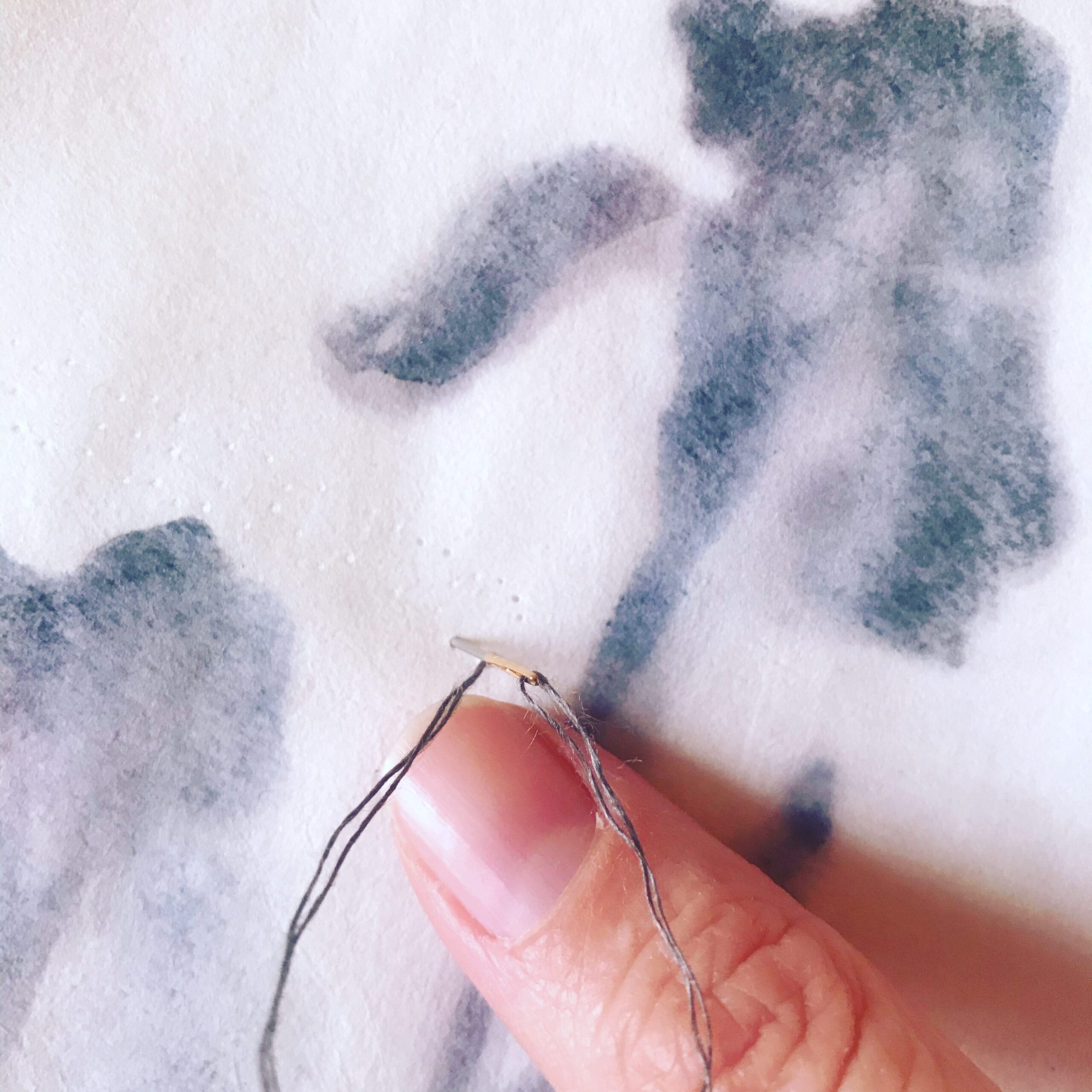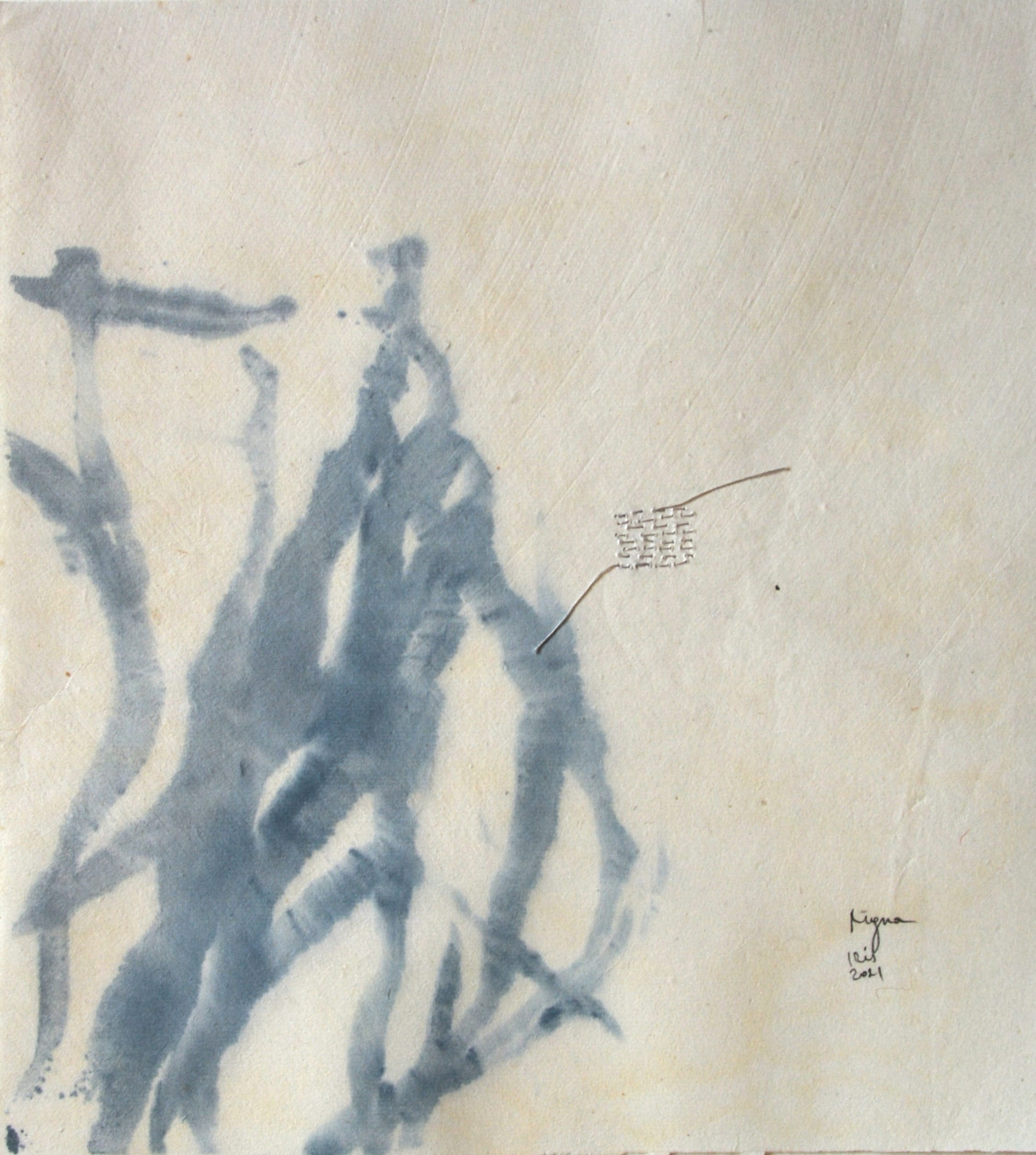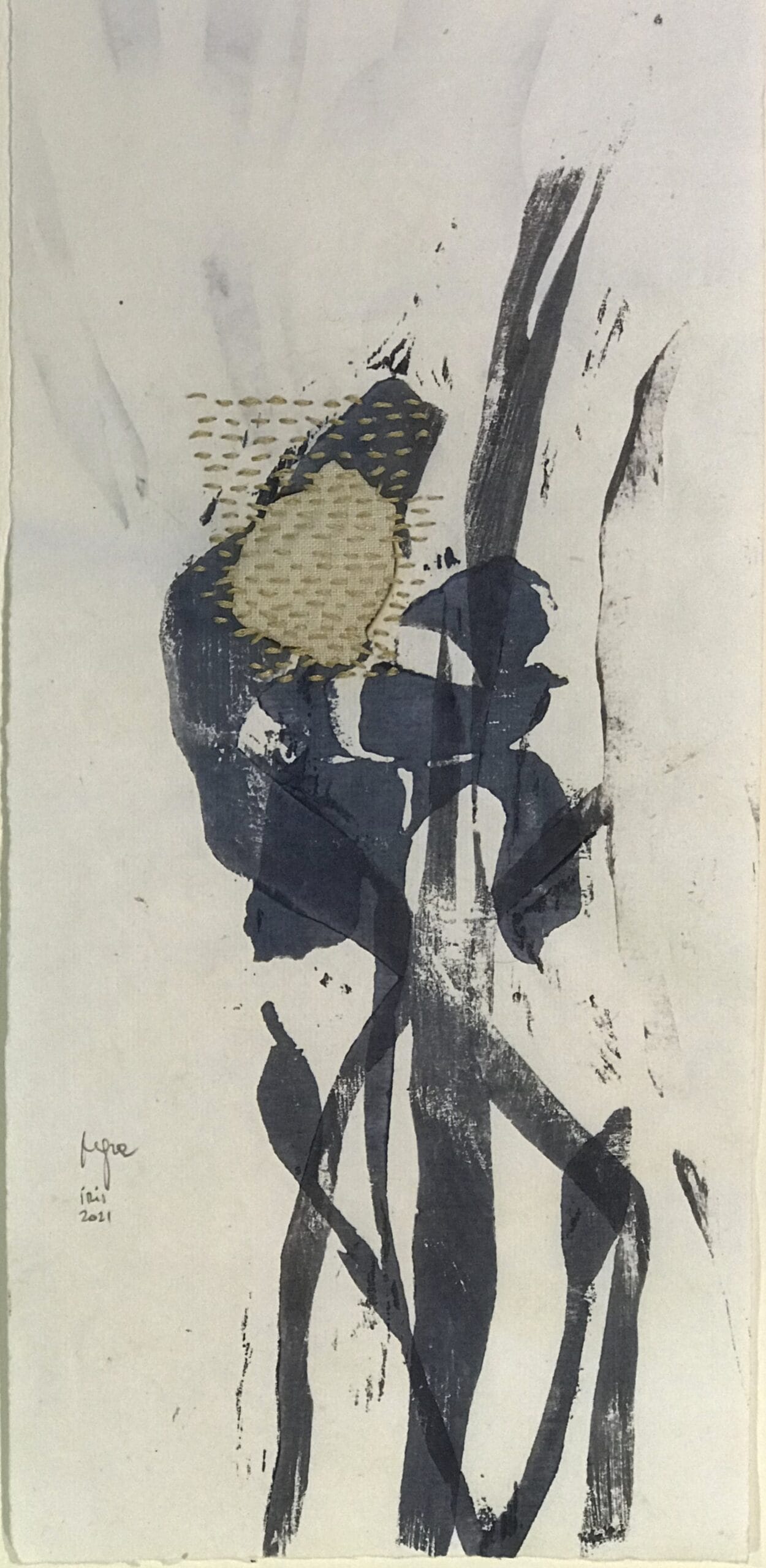IRIS. Winter (then will be again spring)
solo exhibition by Michela Cavagna
curated by Irene Finiguerra
project by BI-BOx – APS
the exhibition is part of Viaggio. Orizzonti, frontiere, generazioni.
in collaboration with StileLibero and Palazzo Ferrero – Miscele culturali
with the contribution of Fondazione Cassa di Risparmio di Biella
April 29 – May 30 2021
Art gallery BI-BOx, Palazzo Ferrero – Corso del Piazzo, 29 a Biella
friday 3PM to 9PM
saturday from 10AM to 7PM by appointment.
Free entrance
infos and appointments: info@palazzoferrero.it +39 388 5647455
“In my garden I have planted bulbs of iris. Every year without caring at them too much, they give me magnificent blooms … one day, observing in the morning a lump of leaves lying on the frosty, frozen ground, I started to think about the transformation of nature during winter time. I began to think about the life cycle of plants, at the transformation from humus to new life the following year, at the time of gestation and rebirth”.
An implicit reference to the time that humanity is going through. This is how Michela Cavagna talks about her xilographic works on Kozo paper, a tribute to Japanese culture that often interprets the seasons and their change over time, where silence and emptiness are rich in interpretations for the observer. References to the aesthetic and ethical principles of Japanese culture are made explicit in the use of the mokuhanga prints and also in the use of the technique of sashiko for mending paper. The BORO technique is based on the reuse of old mended fabrics to create new garments, it values imperfection, sobriety, the sense of circularity, in this way she refers to the concept of rebirth. Why precisely iris and why resorting to an ancient technique? The answer is in the sophisticated research, reflection and investigation that Michela Cavagna imposes on herself and her creativity, before producing an artistic artefact. Iris are also revered for their healing properties, used in cosmetics and phytotherapy. Iris is a symbol of longevity in the Christian religion, an emblem of the heroic deeds of the Japanese nobility, medical powder in ancient Egypt. In the works of Michela these flowers get the value of a cure, an active attitude of trust and in a recovery of a normality in which after the pandemic we will certainly have changed if we know how to investigate ourselves. The words she embroiders in her mokuhanga works are positive suggestions of pacification, serenity, respect for the times of nature, also giving value to silences as times full of contemplation and the scent of flowers. References to the aesthetic and ethical principles of Japanese culture are due to the use of an ancient tradition to tell the story of today, in a daily life that must be increasingly sustainable to ensure the beauty of creation.
About the technique.
Mokuhanga (from Japanese: “moku” wood, “han” print, “ga” image) is the traditional Japanese hand printing technique that uses woodblock printing with water-based colors. It is distinguished from the linocut technique.
This traditional technique is an evolution of the previous forms found in China and Korea and finds its maximum expression in the Edo period (1603-1867). The works on paper created by Michela Cavagna follow a logic – the size, the use of the printing technique and color – inspired by the ancient tradition of Ukiyo-e.
The washi paper and the rice paper have an exceptional resistance to the water, so the technique is combined with the material ready to accept the decisive pressures given by the rubbing of the baren (the tool used with the strength of the hands and circular movements to imprint the color on the paper).
The print is fixed by a mix of color and special paste called “nori”. In particular, the “blue prints” (aizurie) made using exclusively the blue color and its shades of tone, is a technique used starting from the Kansei period (1791-1801) when a law delimited the use of colours to help the diffusion of “Prussian Blue” from Europe. Finally, a mention of the prints’ size.
They refer to the most used measures in that period: aiban (print size 20×30 approximately); koban (small print); nagaban (long prints); ōban (large print); shikishiban (square print).




